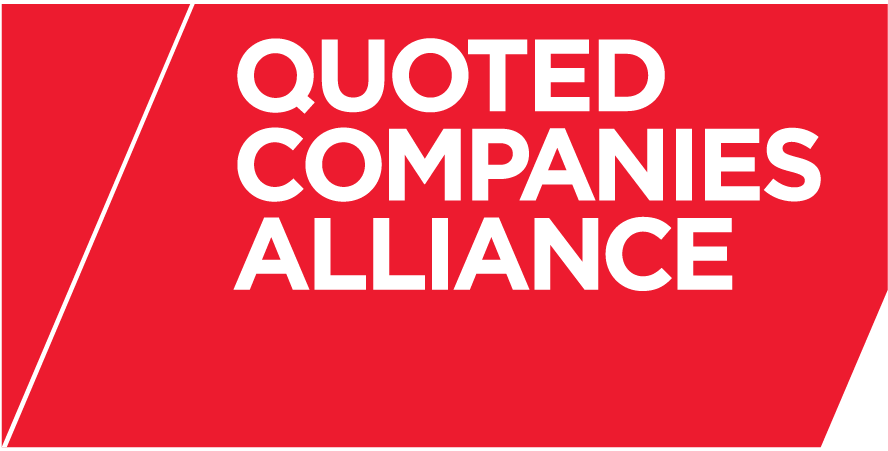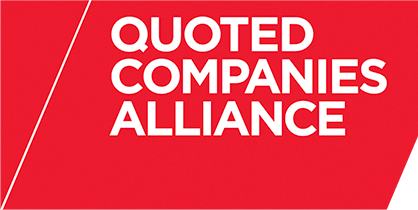Charles Russell Speechlys teamed up with the Quoted Companies Alliance and ICSA for our annual mock AGM, an evening of essential tips to help avoid those difficult AGMs that no one wants to experience. It covered what to do if issues arise, as well as other areas to consider in preparation for the 2018 ‘AGM Season’.
To read our Case Study Notes setting out the mock AGM scenario and our suggested solutions and guidance, which will be useful when considering difficulties which could arise at your own AGM, please click here.
For a general Guidance Note on how to prepare for and manage an Annual General Meeting, and the key actions after the meeting, please click here.
The event was based around an entertaining mock AGM role play and covered, amongst other topics, the responsibilities of the Chairman, managing a data breach and in the incoming GDPR regime, requisitioned resolutions and dealing with questions from a disgruntled shareholder. As the drama unfolded, the team was able to draw out the key issues and best practice when dealing with such demands with the aid of the audience (via live electronic voting). Control was the key theme from the event, both of the AGM itself and any internal and external process.
Preparation
Preparation is key, and this is something that in-house teams, lawyers and financial PR agencies can assist with. Have an incident response team in place ahead of a crises occurring. Be clear what can and can’t be discussed at the AGM in advance, make any necessary announcements and consider answering questions via the company’s website ahead of the AGM. Ensure any leak announcement(s) are checked and refreshed as appropriate. Chairmen may not have been in this position before, or only infrequently; following the script on the day can help them avoid any potential legal or regulatory traps.
Attendees
Let attendees know in advance what evidence they will need to provide to be admitted to the AGM. Generally, if a representative arrives without any evidence of appointment, best practice would be to err on the side of caution and let the representative attend but request they produce evidence of authority during the AGM to establish that he or she has been duly appointed. Consider carefully use of the Chairman’s discretion to allow or disallow attendance by shareholders, representatives or others.
Gauging the mood of the meeting
Make sure that the mood of the meeting is taken into account, as well as the legal formalities. It may be for example that a procedural motion to seek the consent of the meeting to an exercise of discretion will help carry the room with you.
Proxy voting
Ensure you have full details of proxy voting ahead of the meeting, particularly if you are proposing a challenging or requisitioned resolution. Remember that shareholders can change their vote at the meeting itself (notwithstanding having already voted by proxy).
Role of the Chairman
The Chairman’s role is to represent the best interests of the company and the shareholders and to ascertain the views of the meeting (those present in person or by proxy or representative). It is important to facilitate the discussion and ensure that the views of the meeting are represented in the voting. Questions can and should be passed on to other relevant members of the board where appropriate; chairmen do not have to field all responses themselves.
Virtual and Hybrid AGMs
Global public companies are increasingly considering conducting, or facilitating access to, their AGMs virtually through the use of remote meeting technologies. Whilst UK practice is resistant to fully virtual AGMs, hybrid AGMs are likely to become more common place. Consider the needs of the company’s shareholder base and whether a hybrid AGM would increase investor access to the meeting and be supported by its shareholders.
This article was written by David Hicks, Partner at Charles Russell Speechlys LLP.

